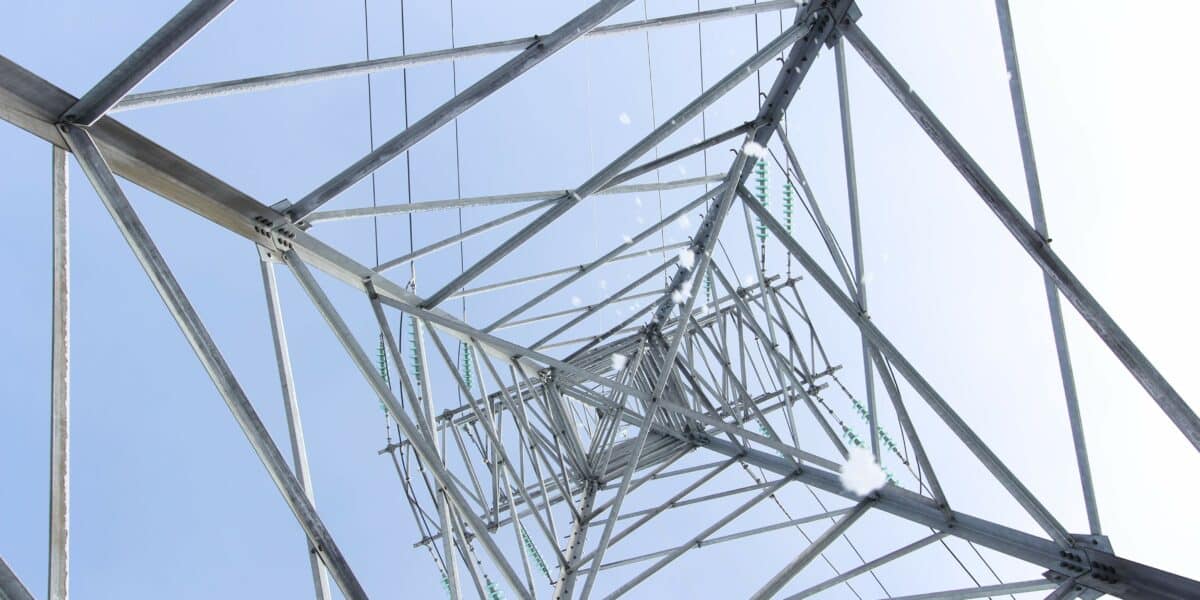Estonia, Latvia, and Lithuania belong to European Union. However, their electricity grid is still connected with the Russian synchronous area.
Connecting to the Continental European synchronous area is in preparation: the Agreement on the conditions for interconnection with Continental European synchronous area was signed in May 2020, and if the project is finished according to the plan, from the first of January 2026 the Baltic states will be part of the synchronous grid of Continental Europe.
“The decision was made thinking first and foremost of Baltic energy security. Our electricity system is dependent on Russia, who we couldn’t completely trust. Now we know, now Russia has attacked Ukraine, that our decision was right, although perhaps it should have been made earlier”, says Märt Allika, Head of Energy System Control Centre of Estonian transmission system operator Elering.
There is a lot of work to be done before the Baltic countries are ready to be synchronized with Continental Europe.
“We need to build our infrastructure and upgrade our control systems and control and planning procedures. We must strengthen our grid and, most importantly, get our frequency control system ready.”
Also, the Polish electricity grid needs to be reinforced, since the connection will be made via the transmission lines between Lithuania and Poland. Furthermore, the new Harmony link must be built in order to make commercial electricity trade between the Baltic states and Poland possible.
“The project is advancing according to the original schedule, but since it is tight, we can’t hurry it.”
This is a huge, once-in-a-lifetime project for everyone involved.
“This is a very challenging but also interesting project because there have been and will be a lot of surprises on the way, and taking new perspectives is necessary. We just need to learn and understand more of what happens in our grid.”

Everything needs to be coordinated between all three Baltic states, and with the Polish.
“Cooperation has been good and timely. None of us can finish the project alone, but we all must meet
the requirements in order to be able to connect to the Continental European system as planned.”
The backup-plan
The commercial import of electricity from Russia to Baltic states ceased completely last May, as it did to Finland. Russia decided to stop exporting due to sanctions affecting payment transactions.
Russia still provides Baltic states with frequency support. This means that Russia still provides electricity to the Baltic grid if the frequency falls.
There is a risk, however, that Russia could disconnect Estonia and other Baltic states from the Russian
electricity grid.
“We don’t know if Russia will decide to disconnect us today, tomorrow, after three months or any other time. That’s why we need a back-up plan.”
“We don’t know if Russia will decide to disconnect us today, tomorrow, after three months or any other time. That’s why we need a back-up plan. We have the technical capability to be synchronized with Continental Europe and we also have an agreement in place that enables us to be synchronized with
Continental Europe without meeting all the requirements that are mentioned in our project agreement, if we end up being disconnected by Russia”, Märt Allika says.
If this happens, the Baltic region will be connected to the Continental European synchronous area as
quickly as possible. In case of emergency, it can be done by bypassing the HVDC link between Lithuania
and Poland.
“If necessary, we can join the Continental European synchronous area within a few hours.”
After that, there would be frequency support from Poland to the Baltic area using the connection
between Lithuania and Poland.
Support from the Nordic grid
The intermediate stage, when the Baltic states would be disconnected from the Russian grid but not yet connected to the Continental European one, would be critical. The Baltic states would then form a temporary island operation, which could cause frequency fluctuation.
However, there is support available from the Nordic synchronous grid via HVDC links – from Finland
to Estonia and from Sweden to Lithuania.
“Through the sea cables we can offer fast frequency support to Estonia, and we will give as much support as we can”, confirms Planning Manager Timo Kaukonen from Fingrid.
The technical capacities of HVDC links between Finland and Estonia enable adjusting the links.
“We are ready to support the Baltic power system with fast services and reserves that activate within a fraction of a second, when needed.”
There are two sea cable connections between Finland and Estonia, which together enable a thousand megawatts of electricity transfer capacity for commercial transmissions, frequency stability, and other system services.






